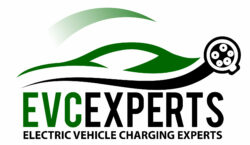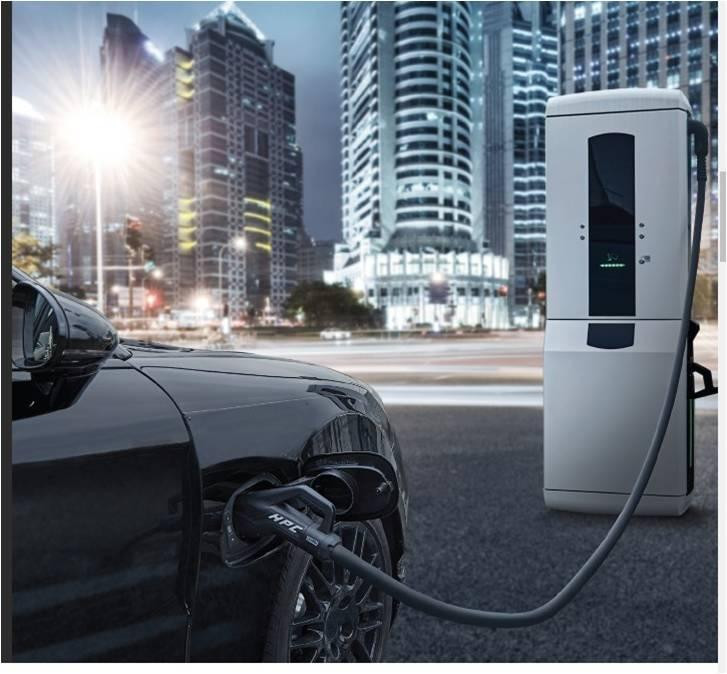In recent years, electric vehicles (EVs) have gained immense popularity as a cleaner and more sustainable mode of transportation. As EV ownership continues to rise, so does the need for a convenient and efficient way to charge these vehicles at home. That's where the home charging station comes into play. In this article, we will explore the importance of having a home charging station for your EV and provide a comprehensive guide on how to set up the perfect charging station in your own garage or driveway.
Why Do You Need a Home Charging Station?
Before delving into the details of setting up a home charging station, let's first understand why it's essential for every EV owner.
Convenience: Owning an EV is all about reducing your carbon footprint and saving money on fuel. A home charging station allows you to charge your EV overnight while you sleep, ensuring that you wake up to a fully charged vehicle every morning.
Cost-Effective: Charging your EV at home is typically cheaper than using public charging stations or fast-charging networks. Over time, this can lead to significant savings.
Time-Saving: Home charging eliminates the need for regular trips to a gas station or a public charging station, saving you valuable time.
Reliability: You don't have to worry about the availability of charging spots or potential wait times. Your home charging station is always ready and waiting.
Setting Up Your Home Charging Station
Now that you understand the importance of a home charging station let's walk through the steps to create one that suits your needs:
Choose the Right Charging Equipment:
The first step is to select the appropriate charging equipment for your EV. There are two main types:
Level 1 Charger: This charger plugs into a standard 120-volt household outlet and is relatively slow, adding about 2-5 miles of range per hour. It's suitable for plug-in hybrids and those with limited daily driving needs.
Level 2 Charger: A Level 2 charger operates on a 240-volt circuit and offers faster charging, adding about 10-60 miles of range per hour, depending on the charger's power rating. This option is ideal for all-electric EVs and provides a significantly faster charge than Level 1.
Choose a charger with the appropriate power rating for your vehicle and consider factors like cable length, durability, and smart features such as scheduling and remote monitoring.
Hire a Licensed Electrician:
Installing a Level 2 charger usually requires a dedicated circuit and should be done by a licensed electrician. They will ensure that your home's electrical system can handle the additional load and install the charger safely and according to local electrical codes.
Determine Charger Placement:
Select a suitable location for your charging station. It should be easily accessible and close to your parking spot. Consider factors like cable length and how you will route it to your vehicle.
Obtain Necessary Permits:
In some areas, you may need permits to install a home charging station. Check with your local authorities to ensure you are in compliance with any regulations.
Installation and Testing:
Once your charging equipment is installed, test it to ensure it's working correctly. Familiarize yourself with the charger's settings and features, such as setting charging schedules or connecting it to a smartphone app for remote control.
Regular Maintenance:
Keep your home charging station in good working condition by performing routine maintenance. This includes checking for loose connections, cleaning the charger, and inspecting the cables for any signs of wear.
For More Info:-
commercial charging station repair in canada






Comments